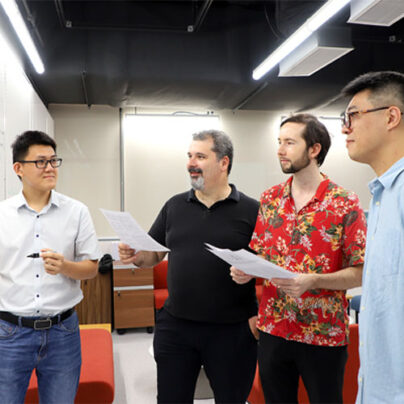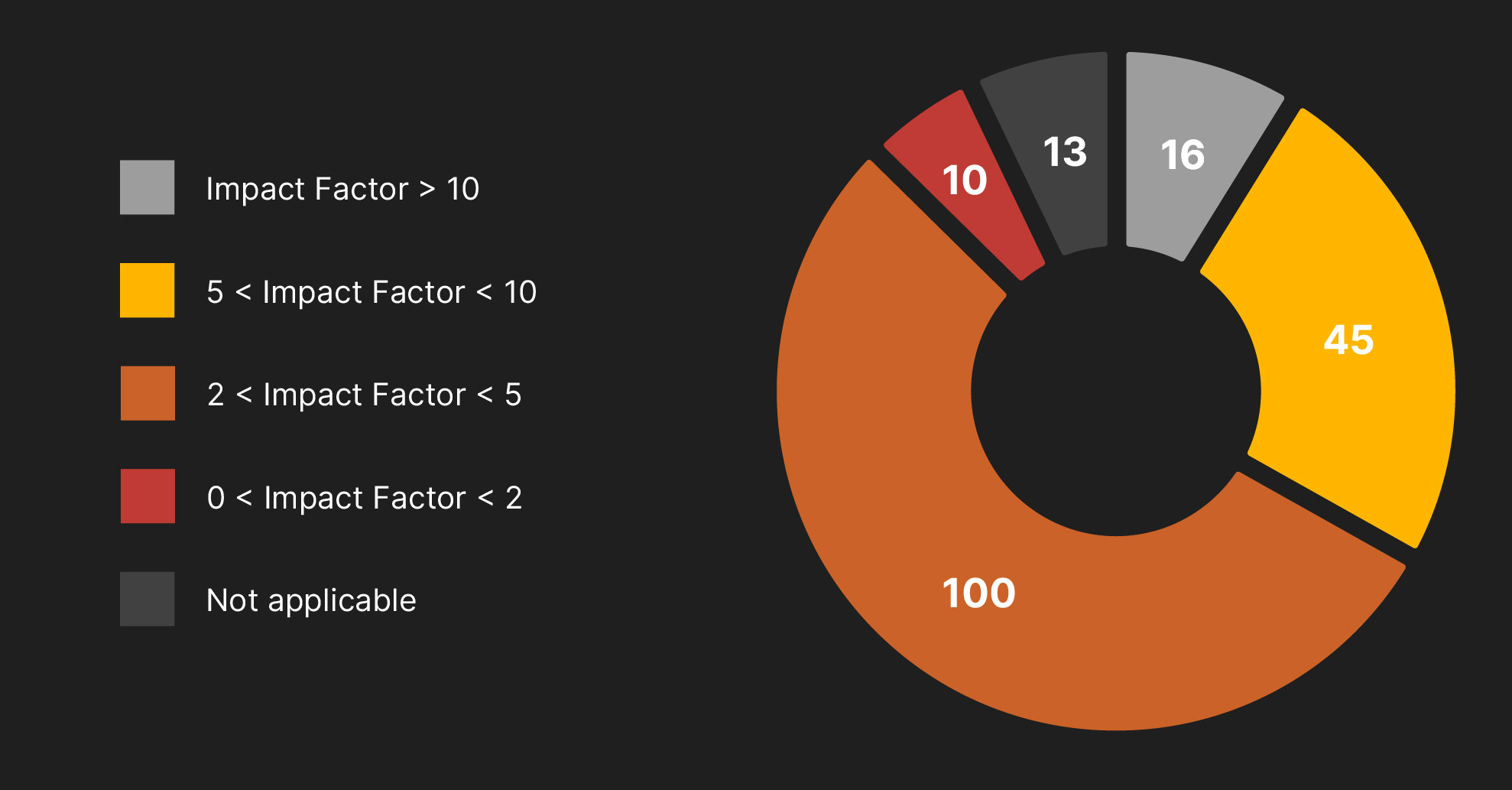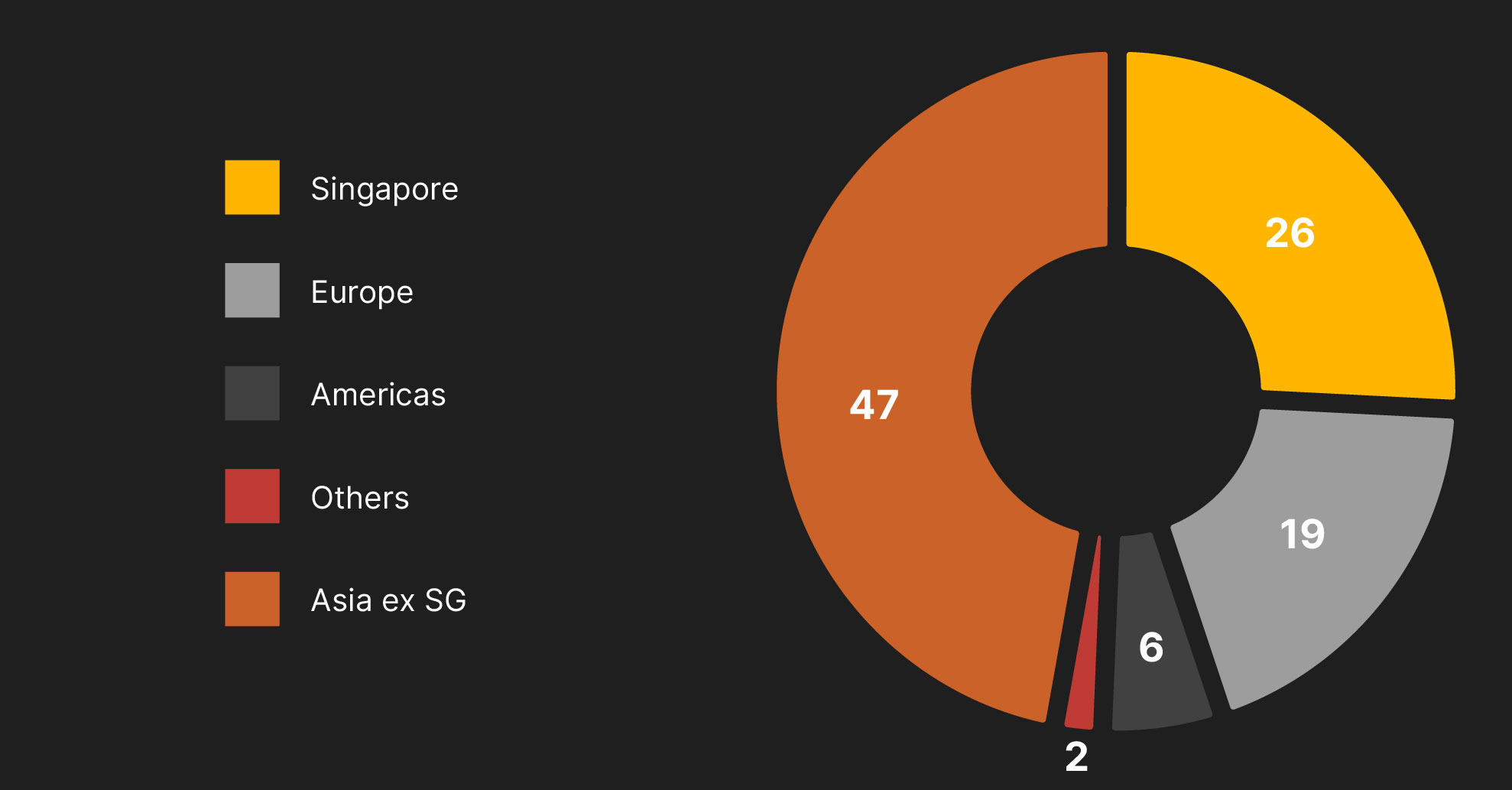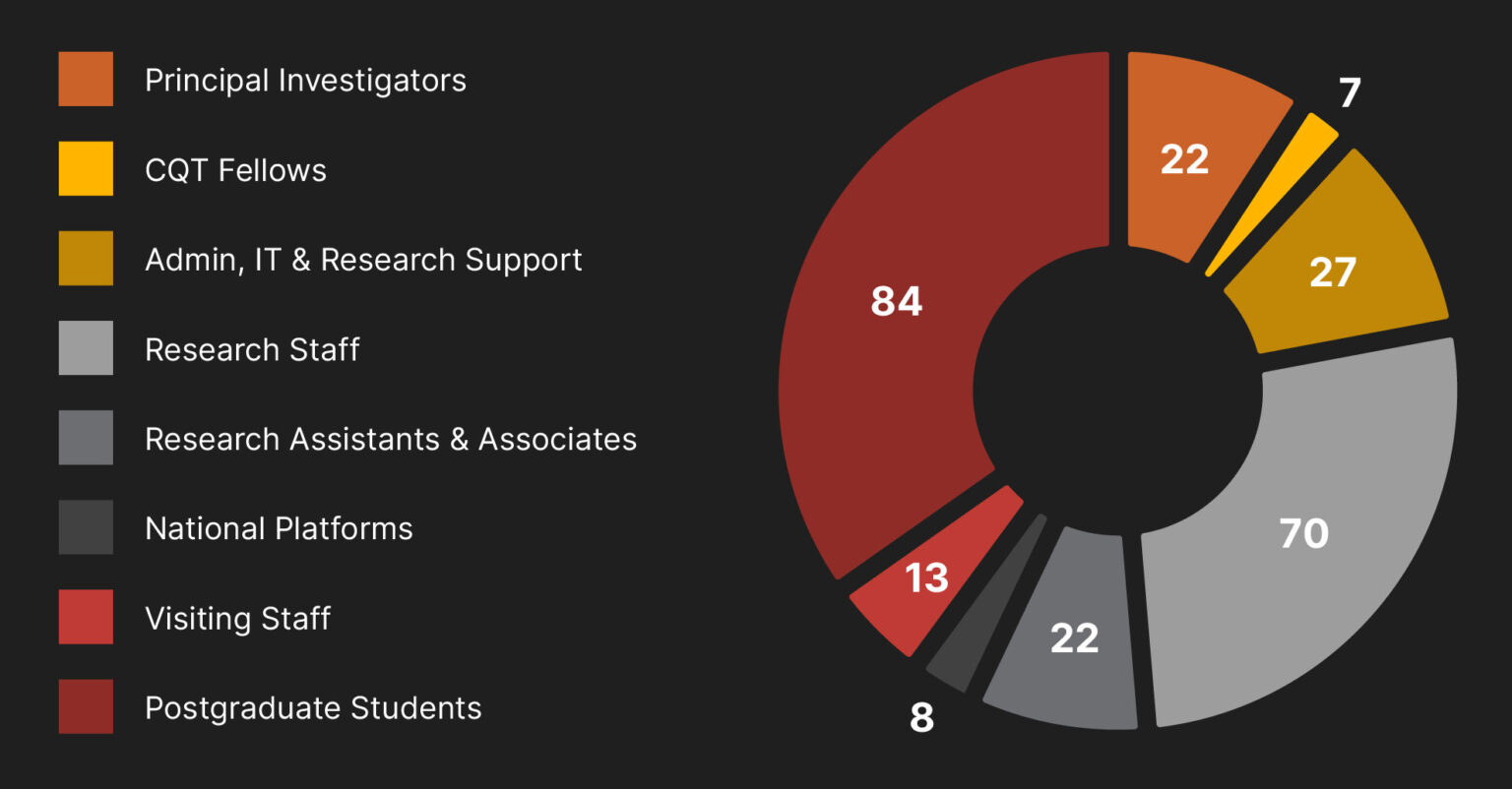Dimitris G. Angelakis Group

Investigates quantum optical implementations of quantum computation and quantum simulation bridging theory with experiments. Particular interests include quantum simulations of condensed matter, chemistry and material science, quantum machine learning, and applications of topological physics in quantum technologies
Dimitris G. Angelakis Group
Classical computers require enormous computing power and memory to simulate even the most modest quantum systems. That makes it difficult to model, for example, why certain materials are insulators and others are conductors or even superconductors. R. Feynman had grasped this since the 1980s and suggested to use instead another more controllable and perhaps artificial quantum system as a “quantum simulator”. Beyond applications in the quantum regime, quantum computers and simulators are expected to be able to solve difficult classical problems too in the area of machine learning and optimization. Recent advances in quantum technologies are paving the way as we speak for a second revolution where operational quantum devices are now within reach.
In our group, we are working on all aspects of quantum computing, from the basic science behind them to developing quantum algorithms and software for real world applications. We are theorists but keep close collaborations with all experimentalists in superconducting quantum circuits, room temperature light-matter systems, cold atoms and ions, and integrated photonic chips. We have recently edited two books, two special issues and written a review in our work. Examples of our basic science work include the quantum simulation of exotic phenomena thought to exist only in strongly interacting electronic systems with interacting photons: Mott transitions, spin-charge separation, interacting relativistic theories and many-body localization (the latter with the Google group). More recently we are interested to showcase useful quantum supremacy with analog many-body systems merging complexity theory to thermalization concepts as well as NISQ hybrid digital-analog algorithms for quantum machine learning, chemistry and QUBO problems. Finally, in addition to the “many-body stuff”, we are also interested in the “few body” quantum effects found in nano-structures systems interfaced with light, topological physics, and quantum systems in general.
Beyond basic science, we are quite active in industry engangement and outreach, trying to spread the quantum gospel beyond the academic laboratories. Examples of our work include quantum machine learning algorithms for market research, quantum optimization for banking and supply chain.
For further information on collaborations, openings at internships, PhD or Postdoc level, or if you just want to talk to us, please email the group leader.
Recent papers
Efficient estimation and sequential optimization of cost functions in variational quantum algorithms
Computing Electronic Correlation Energies using Linear Depth Quantum Circuits
Exponential Qubit Reduction in Optimization for Financial Transaction Settlement
Qubit efficient quantum algorithms for the vehicle routing problem on quantum computers of the NISQ era
Unsupervised learning of quantum many-body scars using intrinsic dimension









